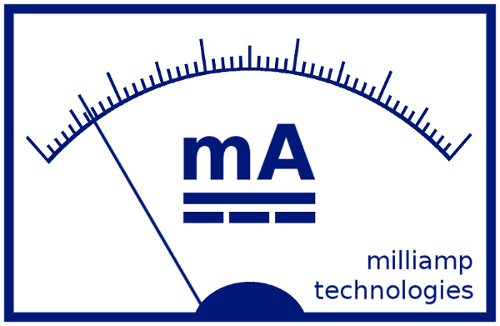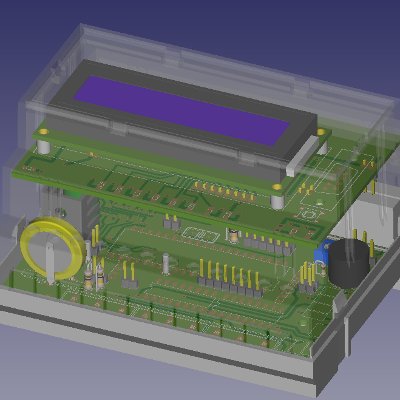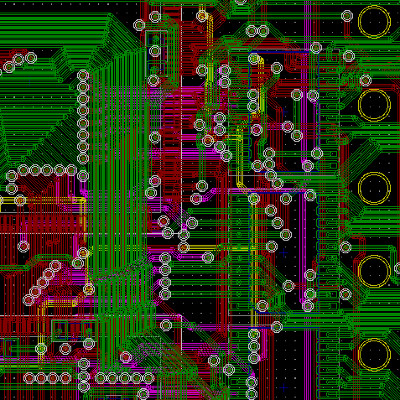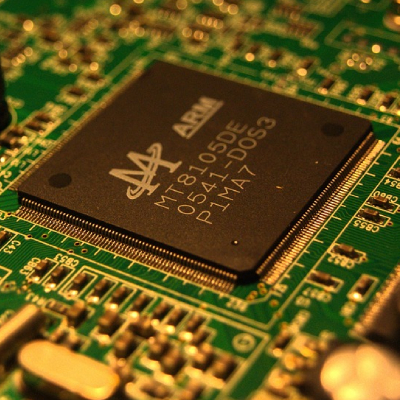In our previous blog article on chip shortages we detailed how electronic component shortages are having a huge impact on global supply chains and this has now become even more widespread – impacting on everyday life from the unavailability of toasters to new cars.
For new tech products undergoing development (and existing ones being updated) a strategy around “Design For Part Availability” is key to ensure trouble free prototyping and manufacture without long delays obtaining components. At worst, popular parts are carrying lead times of a year or more!
During a normal tech product design – under usual circumstances – electronic parts are chosen from a cost-functionality perspective based on the “right tool for the job”. Design Engineers then check the lifecycle of components to ensure they aren’t obsolete, may order samples and then go ahead and continue designing the core elements such as circuitry and the printed circuit board (PCB).
Unfortunately with the current state of the semiconductor IC market with its ongoing shortage designers already committed to a design direction can be forced to use the less than ideal range of components, which may not have all the features wanted. Or worse still, find that after designing a prototypes, high demand parts suddenly become unavailable. This means that compromises on some aspects of the design have to be made, or market pricing makes the design uneconomical.
To mitigate some development risk companies are now buying large amounts of stock in advance, however this itself is risky and in the future might cause problems if the market collapses and prices go down. Some are also turning to alternative supply sources – increasing risks around traceability and “grey market” supply.
However, there is a better way. Taking an earlier approach to “Design for Availability” rather than it being a later process that happens during costing or PCB assembly is a much more effective way of mitigating against turbulence in component shortages. An early view of component availability coupled with careful steps during design, for example multiple design configurations to allow for different parts, or maximising functionality in firmware/software, can reduce the possible impact of component procurement problems.
As an experienced electronics design subcontractor, Milliamp has already shifted its design flow to include a very early “Design for Part Availability” process to quickly identify showstopping shortage risks. This also features in our Feasibility Assessment to allow our customers to assess the risks and tradeoffs of particular design decisions. We also use a wide range of components from manufacturers and have a deep understanding of technology choices allowing easier drop in replacement and substitutions at later design stages. With our access to the latest semiconductor products from leading manufacturers, now could be a good time to design out the availability crisis from a development – get in touch and we can advise how!




